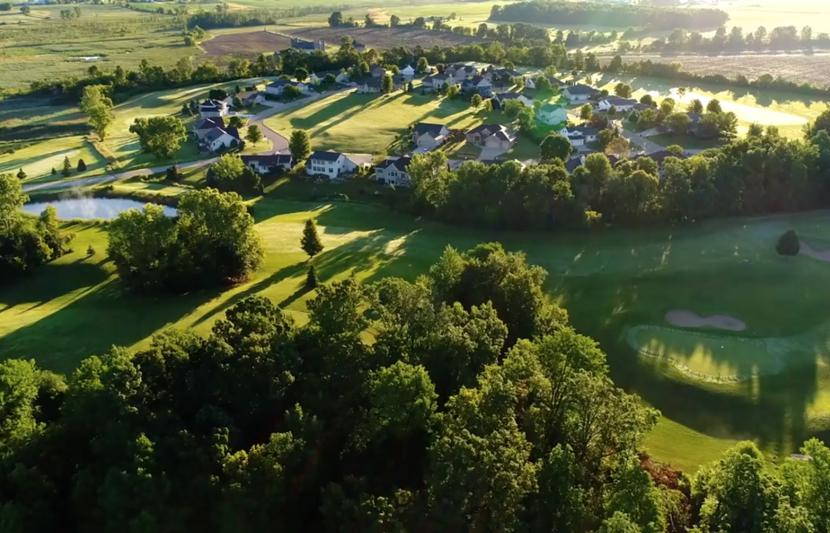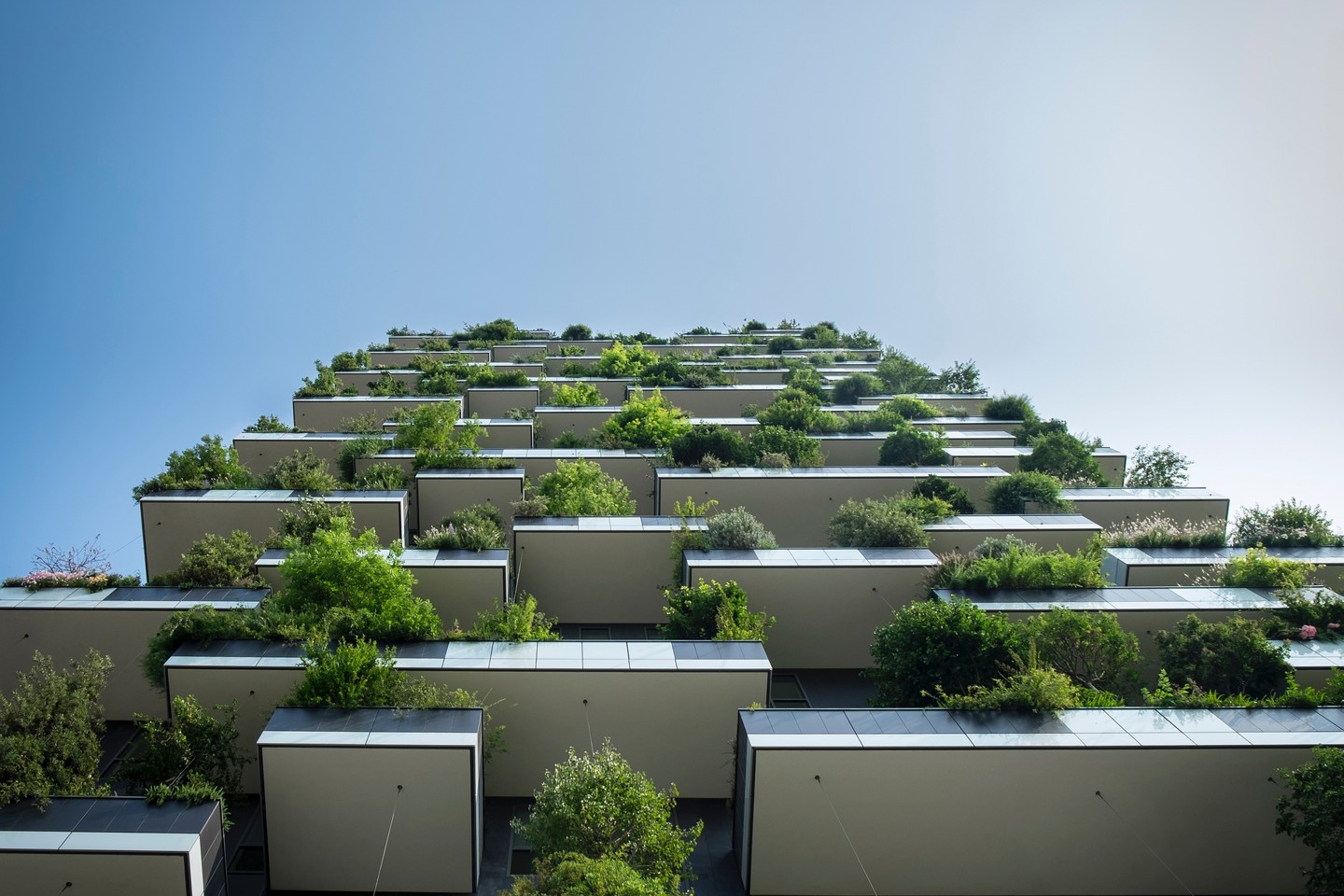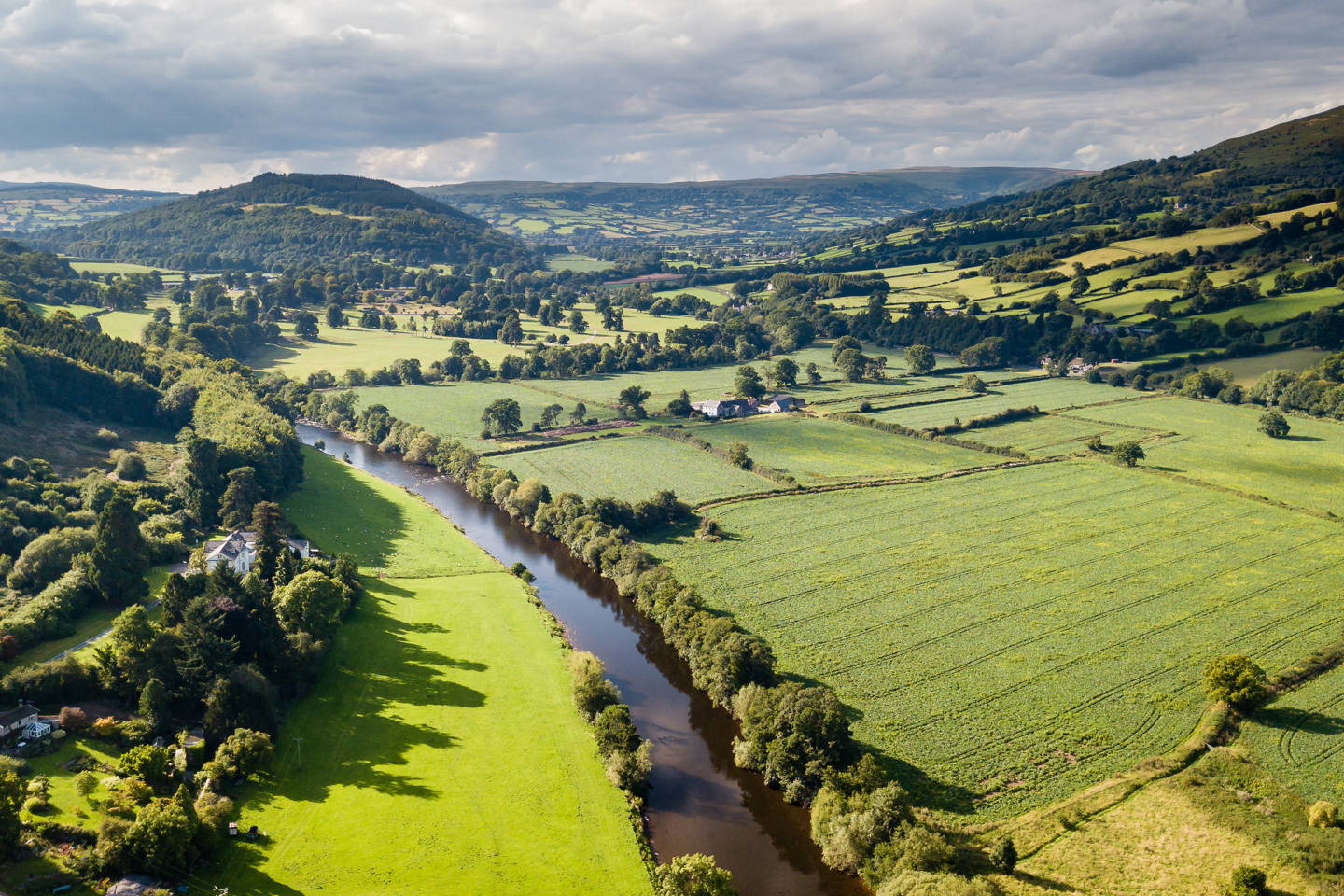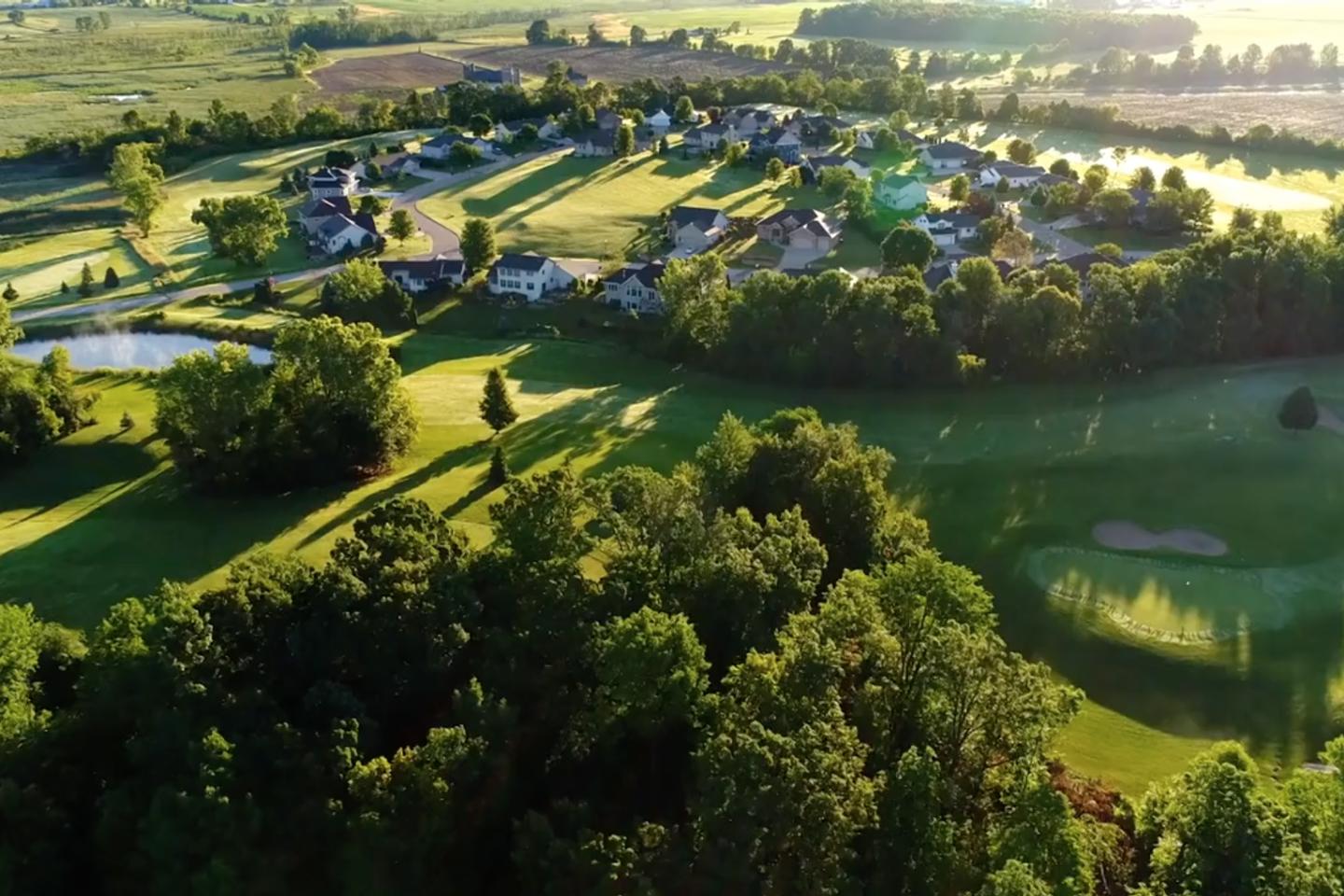

Biodiversity Net Gain
Sustainable development is high on the political agenda which means improving biodiversity and preventing biodiversity loss are key drivers for developers, land owners and local planning authorities alike.
Biodiversity Net Gain (BNG) is an approach used to improve a sites biodiversity value. Once applied, a completed site will have a positive ecological impact, delivering improvements through habitat creation or enhancement after avoiding or mitigating harm.
What is Biodiversity Net Gain?
Biodiversity Net Gain (BNG) sits within the Environment Act.
The Act requires all development schemes in England to deliver a mandatory 10% biodiversity net gain to be maintained for a period of at least 30 years. The concept seeks measurable improvements for biodiversity by creating or enhancing habitats in association with development.
Development proposals must “leave biodiversity in a better state than before”.
What does Biodiversity Net Gain mean for developers and landowners?
BNG means developers and land owners in England must ensure their projects deliver biodiversity improvements to meet the required 10% increase.
They must determine and evidence a project’s final BNG value using the specified Defra biodiversity metric if they want their plans to move through the planning process swiftly.
What is a biodiversity metric?
A biodiversity metric is a tool, such as Defra’s statutory Biodiversity Metric used to measure changes in biodiversity. Metrics do not take protected species into consideration, focusing only on habitats.
Metrics assign every habitat on a site a ‘unit value’ according to its relative value for biodiversity. Once this value is determined for both the existing site and the proposed development, comparisons can be made and used by the local authority to inform planning outcomes.
The metric helps developers and landowners to ensure their project increases the overall biodiversity value of a site.

Habitat value
The value of a habitat will be measured considering the following factors:
- A habitat’s size
- A habitat’s distinctiveness
- The diversity or rarity of the habitat and plant communities found
- The strategic significance of a site and its ecological importance locally
- The condition and quality of the habitat
- The connectivity of the site and how the habitat is connected to other areas
- The local importance of the habitat site.
How to achieve Biodiversity Net Gain
To achieve biodiversity net gain, proposals must follow the ‘mitigation hierarchy’ which primarily aims to avoid harm, then mitigate or, finally, compensate for any losses on-site, off-site or both. These measures will be required in planning conditions.

Free, on-demand webinar: How to approach Biodiversity Net Gain
Biodiversity Net Gain is now becoming mandatory on all development projects in England which means any development proposal needs to demonstrate how it will improve biodiversity and how this will be maintained for at least 30 years.
The implications for developers and land owners is huge and failing to deliver BNG could be a costly mistake. In this webinar, Mike Barker, Operational Director of Ecology, demonstrates how to integrate biodiversity net gain into development plans, avoid costly mistakes and effectively and legally manage a site to achieve maximum value.
Use the form below to watch our webinar now.

You may also like...

Free Biodiversity Net Gain CPD sessions for your business
BNG is a complex matter. If you have a bespoke BNG challenge on a site, our informative CPD webinar covers everything you and your team need to know about BNG and how to deliver it.
To find out more, get in touch using the form below.

No Content Set
Exception:
Website.Models.ViewModels.Blocks.PageBlocks.CardBlocks.RelatedProjectCardBlockVm














